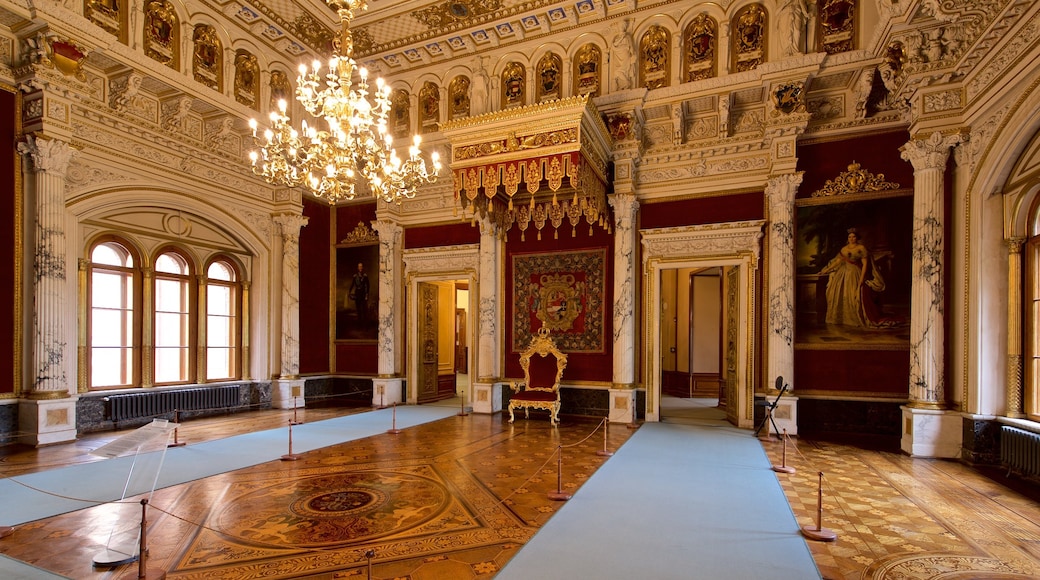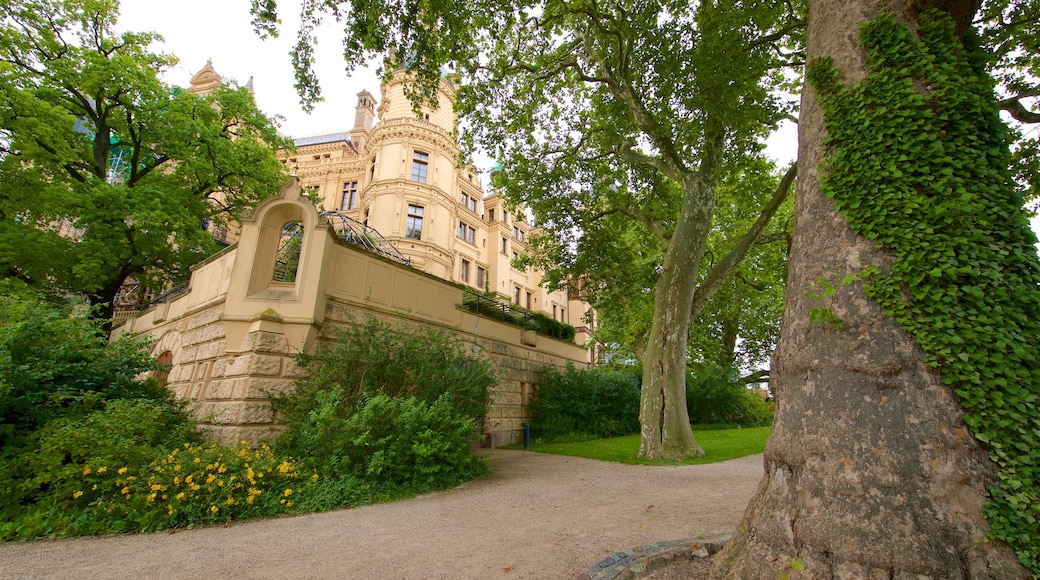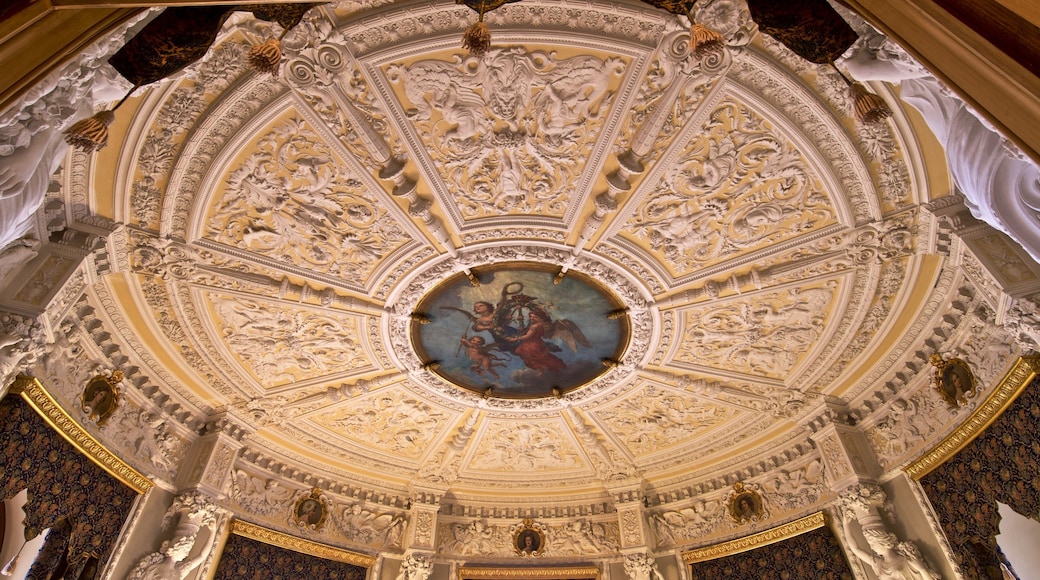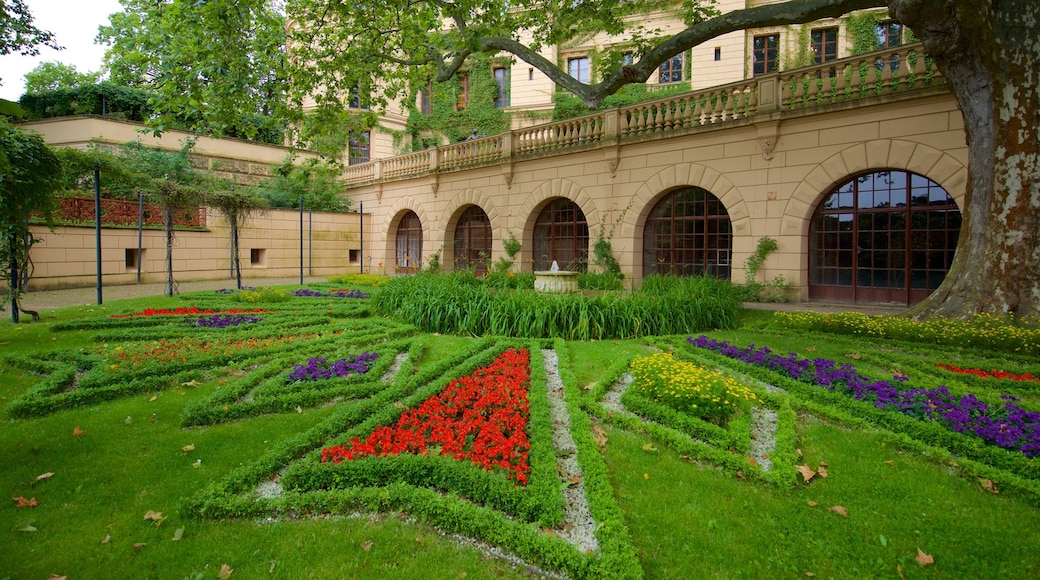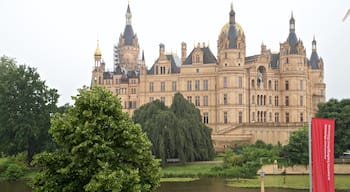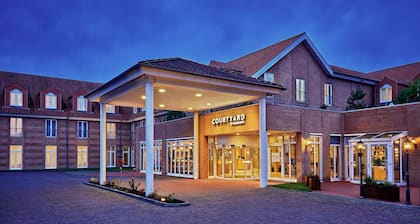Schwerin is the capital city of the north German state of Mecklenburg-Vorpommern. It is the smallest capital city in the country with just short of 100,000 residents. Schweriner See is the largest of the picturesque city’s seven lakes. It covers an area of 24 square miles (63 square kilometers). Explore its coves and look for fishermen along its shores. You will also find the city’s most popular attraction, the Schwerin Palace, on an island in the middle of the lake. It used to be the seat of Mecklenburgian dukes. Today it houses the state parliament and a Palace Museum.
Schweriner See connects to several other lakes and rivers. Head to the southern shore of the lake and visit Freilichtmuseum Schwerin-Mueß, an open-air museum where you can enjoy the culture, nature and traditions of Mecklenburg. The museum is set in the center of a restored 18th-century village.
Stroll through the Alter Garten square, opposite the palace island. You will find stunning 19th-century buildings surrounding the square, including the State Theater of Mecklenburg and the State Museum.
Then head to the old town’s Market Square to see the Schwerin Cathedral, which is the oldest building in the city. It has been rebuilt and modified over the centuries, but always kept its original “paradiespforte” (gate to paradise). While you are in the square, you can visit the impressive Tudor-gothic Town Hall.
You will usually find some sort of event or festival in Schwerin throughout the year. If you are visiting in May, you will be there for the Mecklenburg-Western Pomerania Festival, the Filmkunstfest film festival and the Parade of the “Weisse Flotte” boats. A pottery market, Five Lakes Run and Dragon Boat Festival vary between June and July each year. They are followed by the Old Town Festival, Wine Festival and Schwerin Literary Festival.
City buses and trams serve Schwerin and you can get to and from the city by train. The central station is connected to Berlin, Hamburg and Rostock.

